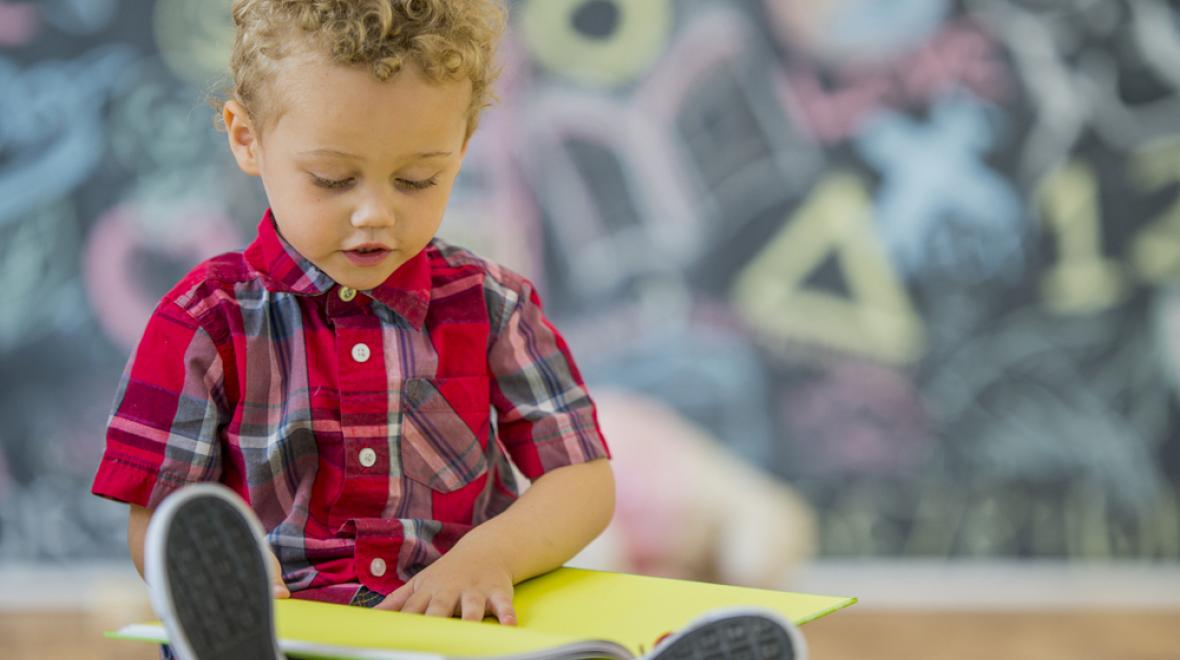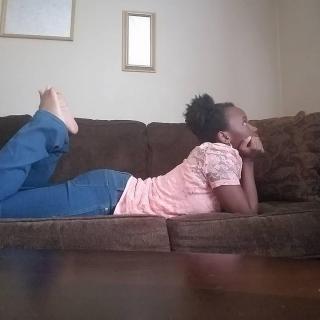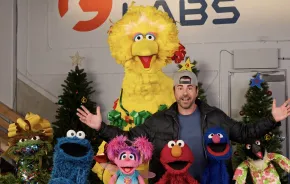
The earlier we start working with our children to understand diversity, the better. There are a ton of books showcasing diversity that are intended for older children but what about the babies? As the mother of a young kid, I look for books that introduce heavy topics while still being digestible by toddlers. Knowing there are other other parents, who, like me, didn’t know where to start, I’ve composed a list of 10 inclusive books aimed at kids ages 2–6. They may not understand everything but it’s a great beginning.
Ten Tiny Babies by Karen Katz
In need of an adorable toddler-friendly book that uses babies of various ethnicities to help practice counting and other basic concepts? This is it. Through the story, we watch as one tiny baby gains friends and finds fun throughout the day. Toddlers will love this book because it references familiar concepts like numbers and straightforward commands. Its sentences are short and the cute rhymes make it fun to listen to and to read. By the end of the story, your baby will be ready to nap like the babies in the book.
Mommy, Mama and Me by Leslea Newman
Here’s a quick read that reminds children that same-sex families are no different from any other familiy. Throughout the book, a young boy differentiates between his same-sex parents by calling one “mommy” and the other “mama.” Each mom interacts with him independently and cooperatively and have equally important bonds. Young children who are unfamiliar with same-sex couples will learn that all families have equal value and that as long as parents love their children, nothing else matters.
It's Okay To Be Different by Todd Parr
This fun colored book emphasizes being comfortable with whatever makes you unique. Children will learn there's nothing wrong with being snaggletoothed, having big ears and a host of other things that might make children feel self-conscious. I love that the author shows that there is lots of variation in people and it’s all beautiful. This author has several other very encouraging books. Check them out.
When I'm Feeling Sad by Trace Moroney
Sometimes we feel sad and we don’t know why. “When I’m Feeling Sad” gives toddlers the chance to learn about emotions. At this age, they’re too young to understand big concepts like depression, but they know sadness. It doesn’t talk about any specific aspect of diversity, but it offers a first look at feelings and how they dictate our daily functioning. More importantly, it teaches kids that we won’t always be happy — and that’s okay.
Tessie Tames Her Tongue
Tessie has tons to say but very little structure on how to say it. She talks too much at home, at school and everywhere else. To get some help, she speaks with a counselor to develop better techniques for dealing with the pressure of having so much to say. At the end of the book, there are tips for helping talkative children that include a technique called "The Thinking, Listening and Talking" triangle along with tips on how to be a better listener and how to interact with talkative children as a parent.
Same Difference (A Children's Book Story by Calida Rawles)
Lida and Lisa are first cousins who hardly spend any time apart. One day, they realize they’re almost opposite in physical appearance. They don’t understand how they could have so much in common and be so different at the same time — until granny tells them how. "Same Difference" goes past the discussion of race and discusses how we can be from the same family and look so varied. Kids ages 4–5 will love this book that helps them understand some relatives might look different but love each other the same.
I See Without My Eyes [Mark Brauner Hayward, Nancy Lee Hartman]
“I See Without My Eyes” gives children a first look at what it’s like to be visually impaired. In this book, a young girl shows children that just because she doesn’t have eyes doesn’t mean she can’t see. This book is designed for slightly older preschool children who can think critically about new information; younger toddlers may not be able to understand the concepts. The reader is also introduced to ways that blind or visually impaired people preserve independence in a vision-biased society through braille, guide dogs and other accommodations.
My Friend Has Down Syndrome (Let's Talk About It Series) by Jennifer Moore-Mallinos
When a little girl's camp counselor informs her and the other campers a new child is joining them, they are excited. But when she explains she has Down Syndrome they have a lot of questions. The narrator is assigned to be Tammy’s camp buddy, and they all spend time learning what Down Syndrome is. When she arrives, they find out that, just like all kids, Tammy needs help with some things but excels at others. This book provides an easy-to-understand message for kids ages 4–5 about children with Down Syndrome.
My Brother Charlie by Holly Robinson Peete
We don’t always know how to explain what autism is to young children. This book puts forth a simple message that autistic children experience the world differently. “My Brother Charlie” is told from the perspective of the slightly younger twin sister who has different mannerisms from her brother, but loves him the same. Charlie's brain works differently and he doesn’t show affection as his sister does. The world is different for Charlie, but he has many gifts and beautifully sees the world.
“Maddi's Fridge” by Lois Brandt
Sophia loves hanging out with her friend Maddi. After hours of playing, they’d both love a snack. But when they arrive at Maddi’s house, Sophia is shocked to find out Maddi’s family has an empty fridge and hardly any food. Maddi tells her that there are many times they don’t have food because they don’t have much money. From there forward Sophia works on a plan to help feed Maddi without telling her secret. “Maddi’s Fridge” provides an age-appropriate introduction to poverty, hunger and generosity. Every family member can learn from this book — just keep your tissues nearby.
Editor’s note: This article was originally published in January 2019 and updated in January 2020.











